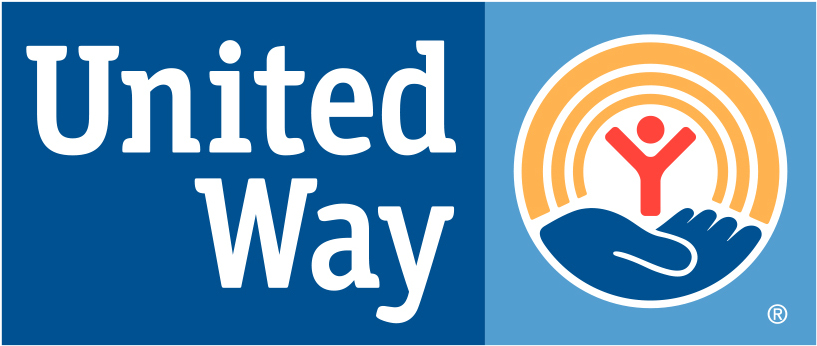Planning for Retirement
The most effective retirement planning starts with your very first paycheck and continues throughout your career. The average American is expected to spend 20 years in retirement, according to the Department of Labor. The Social Security Administration allows you to estimate your future benefits with their online calculator. But, experts recommend planning for Social Security to replace less than half of your current income, so you'll need to establish additional paths to retirement savings.
Even if you're not familiar with finance and investing, it pays to know your options when planning for retirement. Creating a savings plan and setting a time every quarter to review your progress can help you stay on track and make sure you'll be able to comfortably enjoy the retirement you deserve.
Make Saving a Routine
Planning for retirement is a continual process and an important financial goal for those in the workforce. If you start saving early, you'll give your money more time to grow. Retirement investments increase by earning dividends and interest.
If you find yourself struggling to save, many retirement accounts allow you to link the plan to your paycheck or bank account. With this feature, you can automatically send funds to a savings account without having to consciously transfer money each month. Another way to save is to deposit any extra money you receive into your retirement account, such as bonuses, gifts, or inheritances.
Maximize Your Savings
Many employer plans are set up to encourage retirement savings. For example, if you participate in a 401(k) or 403(b) plan, you may be eligible to receive a match from your employer. Money contributed from your paycheck to your retirement account is taken out before taxes are assessed, which can decrease the amount of taxes you pay each paycheck.
Vary Your Investments
After you begin to save, find ways to diversify your assets. Consider investments in addition to your primary retirement account, such as mutual funds. Don't forget to consider your home as an investment, as your home is more than likely the largest individual asset you'll accumulate on your way to retirement.
Track Your Results
Check your quarterly retirement account statements and determine if the interest and growth achieved meet your expectations. You should also try to balance your investments to make sure you don't have too many that are high risk, such as stocks, instead of safer investments, such as money market accounts.
Although retirement may feel like a far off dream when you first enter the workforce, it's best to make saving part of your life as early in your career as possible.
Tools to Help
Cash Flow Budget Worksheet
DownloadSaving for Retirement through Long-Term Benefits
Learn More
